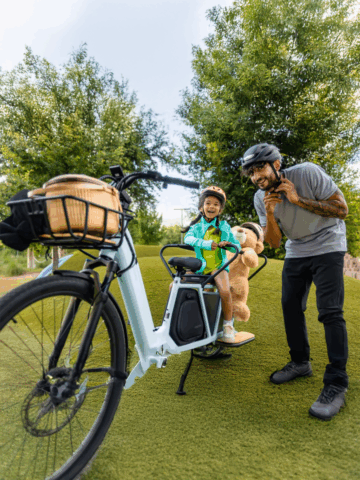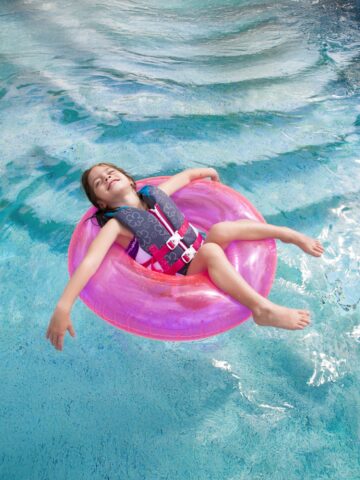When preparing for a new baby, most parents consider baby proofing their home, but the nursery is often overlooked. Children’s products are recalled more than any other type, says Amy Frias, community educator at CHOC Children’s and Safe Kids Orange County coordinator.
“Accidents are going to happen. Parents just need to do what they can to prevent serious injuries,” says Frias. “Nobody thinks a major accident in the home is going to happen to them.”
Frias offers the following tips for baby proofing the nursery. These “babyproofing” rules apply not only to your home, but anywhere else your baby may spend time, such as a grandparent or babysitter’s house or daycare.
Falls
Since children up to age 5 spend most of their time at home, they are more likely to be injured in the home than anywhere else. Most injuries children experience in the home are due to falls.
“If a product for your child comes with a strap, use it. Don’t assume the baby is safe without a strap,” says Frias. “Babies don’t tell you when they’ve learned a new trick like how to roll over and in this case off the changing table. You don’t know what they can do until they do it.”
Lower your crib mattress once your baby is able to sit up. Lower it again once the baby begins to pull themselves up.
Before a baby learns to crawl, secure furniture to the wall, especially heavy items such as tall dresses and changing tables to prevent them from tipping over.
Parents are not immune to falls, so when using a baby carrier, be aware of your surroundings when wearing your baby,” says Frias.
Safe sleep for babies
Although it’s safe for babies to room share with their parents, they need their own sleep surface. Remember the ABC’s of safe sleep: babies should sleep ALONE, on their BACK, in their own CRIB (or other sleep surface).
Remember that a baby’s sleep surface should be naked. Remove any blankets, stuffed animals or other items from their crib.
The biggest risk factors in nurseries are tied to suffocation, strangulation and entrapment, says Frias:
- Suffocation: don’t keep bumpers, blankets, stuffed animals, or anything else besides a mattress and fitted sheet in the baby’s crib.
- Strangulation: avoid using mobiles. Furniture should be kept away from windows that have cords, since baby can pull themselves up and become entangled in the cords.
- Entrapment: there should be no gaps larger than two fingers between the crib side and mattress. The crib mattress should be firm and fit well in the crib. It is important that parents only use a Consumer Product Safety Commission approved crib. Cribs with drop sides do not meet the current standards, are not safe, and should not be used. If your child will be in a used crib make sure it does not have a drop side. Do not use infant positioners such as wedges or pillows due to risk of suffocation and entrapment. Avoid using crib bumpers.
The dangers of baby walkers
Walkers are safer now than they used to be, but the risks outweigh any perceived benefits, says Frias. “Research shows that baby walkers are not developmentally helpful for children as they learn to walk.”
Using baby walkers can calm and entertain a baby while a parent needs their hands free, but it allows babies to move faster than they can on their own— often faster than a parent’s reaction time, she says.
They also give babies a boost to reach hot, heavy or poisonous objects.
“Even though some walkers come with locking wheels that prevent a spill down the stairs, they can fit through a lot of doorways you wouldn’t expect them to,” Frias says. “It’s best not to have them in the house, especially if you have stairs.”
The American Academy of Pediatrics has recommended a ban on the manufacture and sale of baby walkers in the United States. Canada banned the sale, advertising and import of baby walkers in 2004.
Research baby products carefully
Before making a purchase, research the product via the United States Consumer Product Safety Commission, which offers specific product-related information on recalls, research and safety standards.
Used products should be researched the same way, if not more stringently than new products.
Remember to register your products with the manufacturer to ensure that you will be notified in the event of a recall.
Get more expert health advice delivered to your inbox monthly by subscribing to the KidsHealth newsletter here.
Get more safety and injury prevention tips from CHOC experts
More children are affected by injuries than all other childhood illnesses and diseases combined. Most of these injuries are predictable and preventable. Here’s how to keep your child safe.





